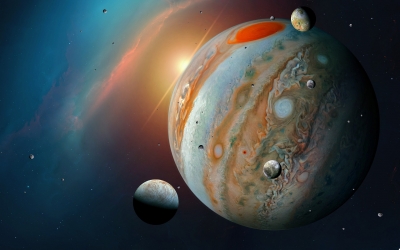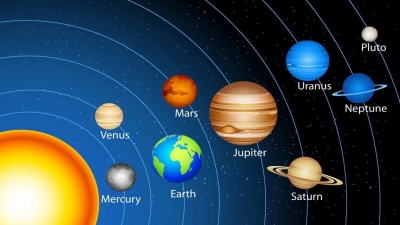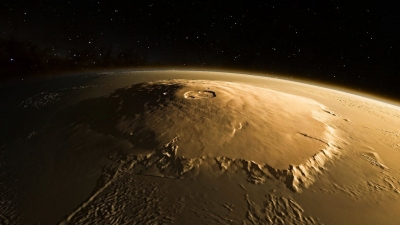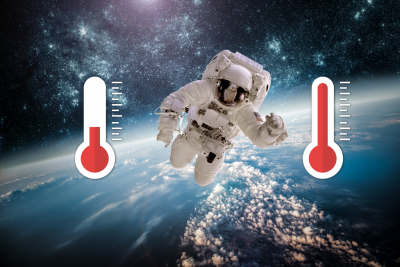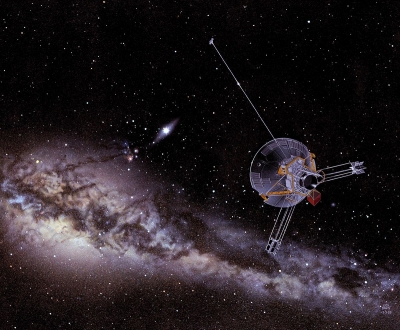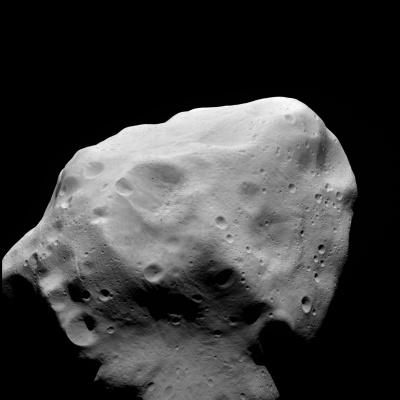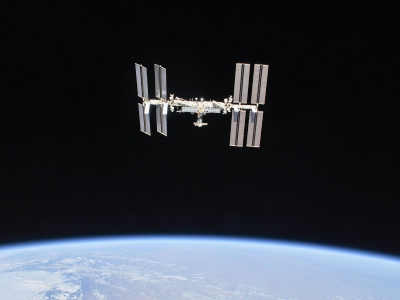
The heaviest artificial objects to reach space include space stations, various upper stages, and discarded Space Shuttle external tanks. Spacecraft may change mass over time such as by use of propellant.
Currently the heaviest spacecraft is the International Space Station, nearly double Shuttle-Mir's mass in orbit. It began assembly with a first launch in 1998, however it only attained its full weight in the 2020s, due to its modular nature and gradual additions. Its mass can change significantly depending on what modules are added or removed.
The ISS was originally intended to be a laboratory, observatory, and factory while providing transportation, maintenance, and a low Earth orbit staging base for possible future missions to the Moon, Mars, and asteroids. However, not all of the uses envisioned in the initial memorandum of understanding between NASA and Roscosmos have been realised. In the 2010 United States National Space Policy, the ISS was given additional roles of serving commercial, diplomatic, and educational purposes.
The ISS provides a platform to conduct scientific research, with power, data, cooling, and crew available to support experiments. Small uncrewed spacecraft can also provide platforms for experiments, especially those involving zero gravity and exposure to space, but space stations offer a long-term environment where studies can be performed potentially for decades, combined with ready access by human researchers.
The ISS simplifies individual experiments by allowing groups of experiments to share the same launches and crew time. Research is conducted in a wide variety of fields, including astrobiology, astronomy, physical sciences, materials science, space weather, meteorology, and human research including space medicine and the life sciences. Scientists on Earth have timely access to the data and can suggest experimental modifications to the crew. If follow-on experiments are necessary, the routinely scheduled launches of resupply craft allows new hardware to be launched with relative ease. Crews fly expeditions of several months' duration, providing approximately 160 person-hours per week of labour with a crew of six. However, a considerable amount of crew time is taken up by station maintenance.
Picture Credit : Google
